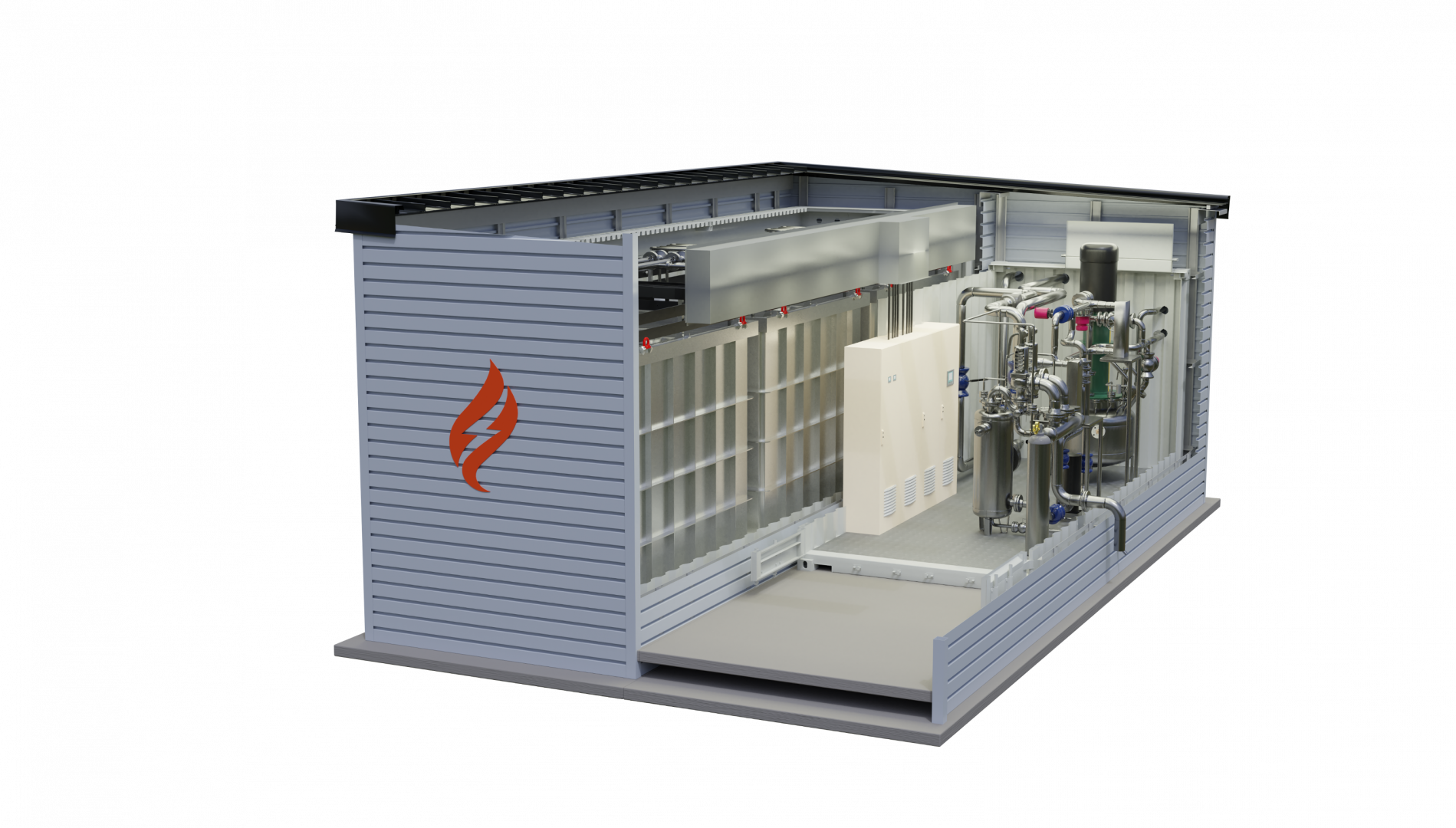Future exports from resource-wise energy systems
Climate change is shaping our energy systems. New technology solutions that support sustainable development are gaining a foothold around the world while urbanisation is also continuing.
The resource wisdom analysis model of the Finnish Innovation Fund Sitra (Figure 1) and the agenda for the solar economy of energy company Fortum (Figure 2) demonstrate well how Finnish companies can use cleantech solutions to make their international business grow and improve the vitality of regions in Finland and internationally.
Figure 1. Sitra’s resource wisdom analysis model
Figure 2. Fortum’s agenda for the solar economy
It should be possible to optimise new solutions for the existing infrastructure and sustainable development targets. Societies can have significantly different solutions due to geographical location and social development. Fortum and its partners are jointly offering solutions which, in addition to technology, may include investment and ownership arrangements in Finland and/or in select international markets.
Sitra’s resource wisdom analysis model looks ahead 10–30 years
In Sitra’s resource wisdom analysis model, road maps and targets for the future are created for an urban region. The analysis period is 10–30 years and the model covers the following areas:
- Energy production and consumption
- Mobility and the community structure
- Consumption and material cycles
- Food consumption and production
- Water use and water bodies
The advantage of the analysis model is the possibility to simultaneously examine several factors of attractiveness and vitality. Traditionally, energy systems have been examined as independently separate functions. In reality, all these five key areas strongly affect each other, which creates new elements in the way we think about energy systems.
Areas that could come up in the search for solutions for energy use in the cold regions of the North or the hot regions near the Equator are presented in Figure 3.
Figure 3. Solutions for energy use
The main focus is on medium-size or large cities with extensive energy and material flows and good opportunities for using centralised solutions. Centralised solutions include:
- district heating and cooling networks and the related storage solutions
- centralised treatment plants for solid waste and wastewater
- solutions for utilising the surplus heat generated by energy-intensive industry
Smaller mass solutions, such as solar power, solar heat and heat pump applications, as well as flexible consumption solutions, have also emerged as key factors for the production and consumption structure in urban regions.
Fortum EcoSystems is helping to find energy and circular economy solutions for urban regions
Fortum EcoSystems is a concept for helping cities find energy and circular economy solutions that support resource wisdom and the solar economy.
The Fortum EcoSystems model includes the following phases:
- audits of energy and ancillary systems and roadmaps to solutions for the future
- modelling of the operating environment and a feasibility study on the necessary measures
- pre-planning of the selected investments and preparation of investment and funding decisions
- implementation of investment projects
- functions and continuous improvement of the use phase
For many years now, Fortum has studied and developed resource-wise services, which are in line with sustainable development, with the Lappeenranta University of Technology (LUT). The services include many features that are enabled by new technologies and renewable energy.
Lappeenranta’s Green Energy Showroom is an excellent example of cooperation among the City, companies and educational and research institutions. The City of Lappeenranta’s active participation in the networks for carbon neutral municipalities (HINKU), innovative cities (INKA) and resource-wise cities (FISU) has brought new kinds of interest in, and references to, the Lappeenranta region and ancillary networks for the international marketing of co-developed solutions. Finpro and Cleantech Finland have been key partners in raising people’s awareness of the solutions.
Data to Wisdom development project supports research
A key development environment for the cooperation between Fortum and LUT, as well as VTT Technical Research Centre of Finland, has been the Green Growth programme of Tekes – the Finnish Funding Agency for Innovation and the new Data to Wisdom development project. They have been used to further develop Fortum’s EcoSystems concept for finding new resource-wise solutions, such as:
- the achievement of regional and broad-based social objectives that aim for resource wisdom
- the utilisation of data analytics and, more broadly, IoT technologies/digitisation concepts
- the identification of new, underlying needs
- the increasing of value-oriented sales
- the recognition of the development of new business concepts
The new solutions’ main value creation factors in the analyses are:
- the flexibility of the energy system
- usability and performance, in addition to energy-efficiency and eco-efficiency
- condition and life cycle management/asset management
- the effectiveness of the operating, maintenance and investment functions
- the operating culture, leadership and EHSQ management
In order to take advantage of digitisation, the development project also includes developing the digital reserve material audits and action plans of the cities and companies. New partners are sought for these projects.
Development guided by customer trust and ROI expectations
In project- and contract-based service business activities, resource-wise energy systems mean that the most important factor guiding the operations is customer trust. In investment-based energy business activities, solutions are guided by the expectations for a return on investment (ROI).
When Fortum revised its strategy earlier this year, the international service business division Power Solutions became part of the new City Solutions division. Investment-based centralised heating and cooling solutions and the related energy supplies are now firmly tied to the development of various solutions similar to the circular economy. This way, service business activities recieve a good preview of the new solutions, which introduce expectations for digitisation that are heavily linked to new market and business areas, to the development projects.
Figure 4. Fortum – Forerunner in clean energy
Comments